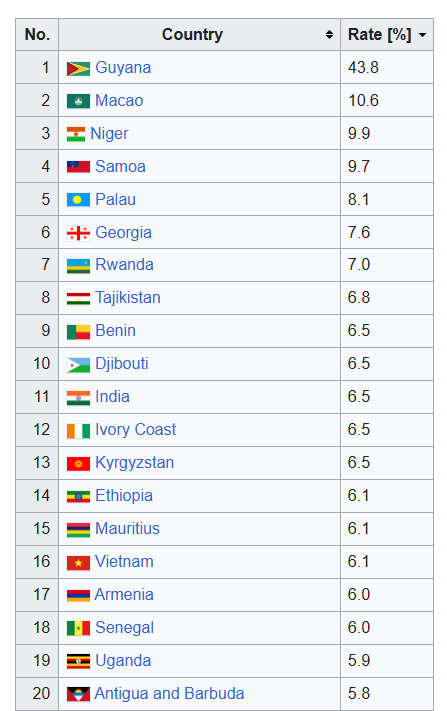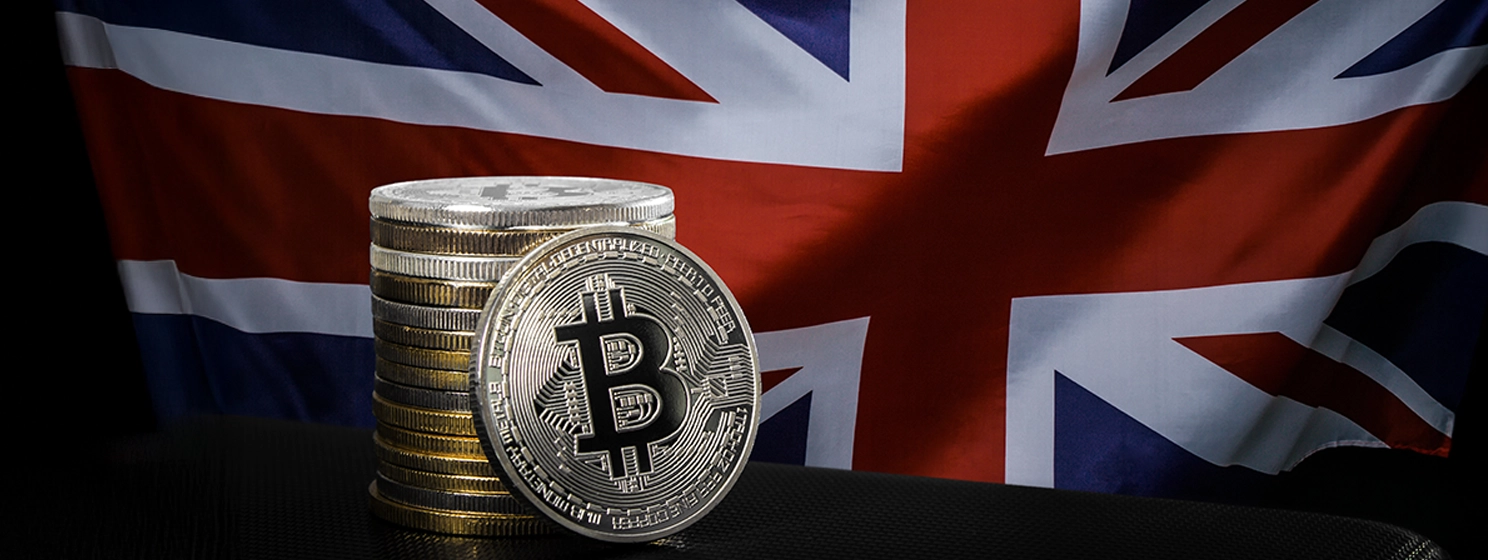|
Getting your Trinity Audio player ready...
|
A recently released study by Hellosafe shows that the adoption of digital currency is exploding globally.
The study, which relied on surveys and widely available data, examined the increase in digital currency users between 2019 and 2024. It found that holders have increased massively when averaged across the countries studied, but some regions are growing much faster than others.
Which countries saw the largest increases?
In absolute terms, India saw the biggest increase in holders with 205 million people buying at least some digital currencies between 2019 and 2024. When these later adopters are added to the 109 million who bought earlier, India has the largest number of holders in the world with a staggering 314 million in total.
However, Canada (225%), Germany (225%), the United States (220%), and the United Arab Emirates (210%) also saw significant growth in percentage terms. Sweden, Pakistan, Taiwan, and India all saw 200%+ increases.
Aside from outlier Germany, European countries saw modest growth in the number of holders. For example, France saw 3.3 million people buy their first coins, while the United Kingdom saw 4.8 million. However, emerging economies stood out as the boomtowns of digital currency adoption. Nigeria, Egypt, Indonesia, and the Philippines saw a significant rise in digital currency adopters, with hundreds of millions of people dipping their toes into the digital currency pool for the first time.
Interestingly, there were a few countries that reported negative growth. China (-18%), which banned digital currencies in 2019 and cracked down again in 2021, saw a decline in holders alongside Colombia (-33%) and Peru (-7%).
What’s driving these trends? Greater accessibility, government efforts to drive awareness and adoption, and a growing interest in speculation and tech-related investments.
Why the difference between the developing world and the West?
At CoinGeek, we’ve reported on digital currency trends worldwide for years.
One thing stands out: while Westerners in North America and Europe tend to see digital currencies as speculative assets, they can flip for more dollars or euros, people in emerging markets see blockchain, stablecoins, and other associated technologies as tools to drive economic growth and transform their societies. For example, last year, we reported on how stablecoins are huge in East Asia. In one year alone, this region received over $400 billion in stablecoins and other digital currencies.
Attitudes toward the technology differ, too. Take central bank digital currencies (CBDCs), for example; in places like Germany and America, many people worry about their implications for political freedoms, whereas in Nigeria, Indonesia, and the developing world, people see the potential for smoother, more efficient payments.
Mainly, this difference can be attributed to how stable and accessible existing payment systems and currencies are. While most in the West already have access to decent stable banking/payment systems and currencies, many in fast-growing developing countries do not. In the developing world, people tend to see stablecoins as a way to save in USD while blockchains are viewed as a tool for cheaper payments and data sovereignty.
Prediction: The developing world will pull ahead due to these trends
It’s no secret that developing countries are the fastest-growing in the world. They’re also beginning to rapidly catch up on tech, partly thanks to cheaper imports from China as it seeks to move up the manufacturing value chain while keeping costs low.

If these emerging economies continue to view blockchain and digital currencies as ways to improve efficiency and as tools for bypassing weak financial systems, accessing global markets, and preserving wealth, they’ll grow even faster and will reap long-term rewards.
As emerging economies continue to build ports, railways, power plants, telecommunications networks, and more, all while using blockchain and digital currencies to unleash creativity and unlock efficiency, the West needs to ask itself a looming question: Is it missing the bigger picture?
By speculating on memecoins and flipping worthless tokens in the altcoin casino instead of using the technology for truly transformative, productive use cases, the developed world risks being leapfrogged by developing nations. The sooner the speculative frenzy ends and entrepreneurs get to work using the tech for utility, the better!
Watch: IPv6 & Blockchain—Pioneering the next digital revolution

 12-19-2025
12-19-2025 




